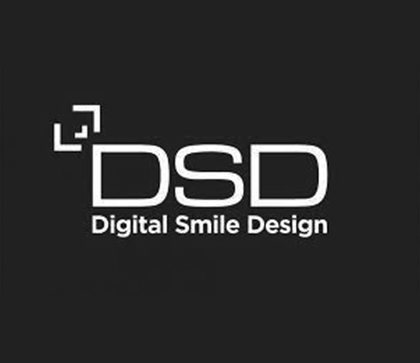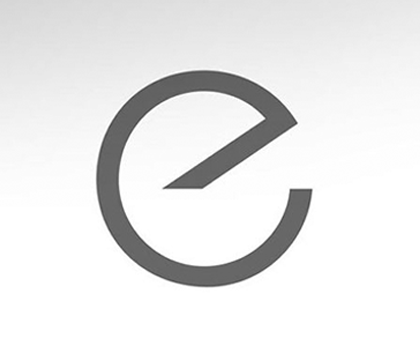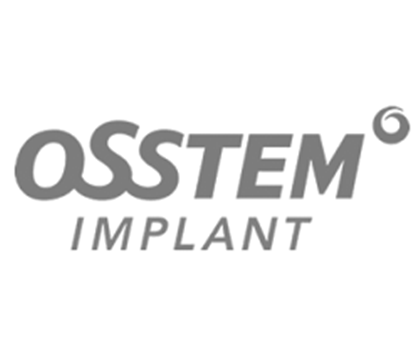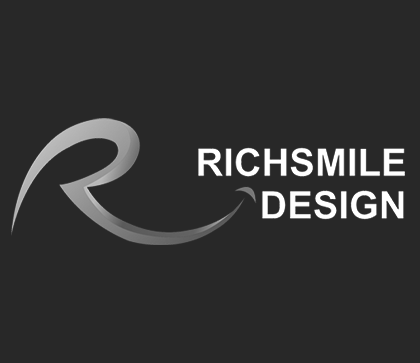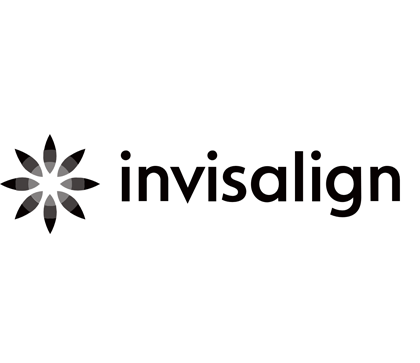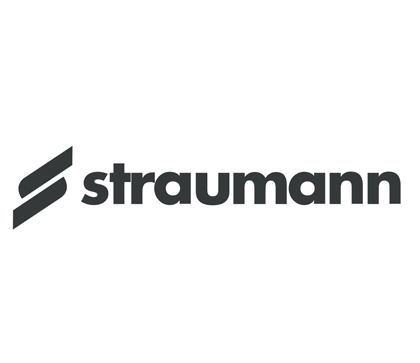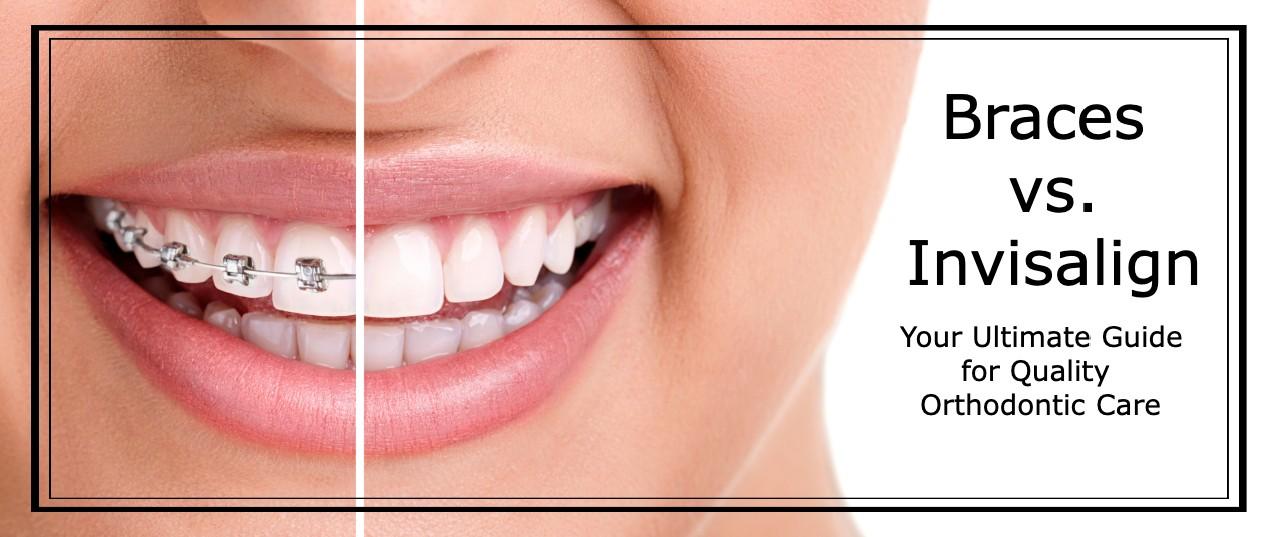
The difference between braces and Invisalign.
April 16, 2022
There is a huge demand for teeth straightening and whitening, and that’s no surprise! This treatment combination provides a huge impact and a beautiful smile. Teeth straightening can have profound effects on a person’s confidence and oral health. An overlooked positive to teeth straightening is that those with straighter teeth have a reduced risk of gum disease as it is easier to maintain good oral hygiene. Overcrowding of the teeth can make it more tricky to practice inter-dental care. What are the available teeth straightening treatments? Let’s go through them now.
Invisalign hailed as ‘invisible braces’ are by far the most popular teeth straightening treatment. Invisalign is a suitable treatment for most people with misalignment, although some complex cases may be referred to as traditional methods. Invisalign works by using a clear plastic aligner, with Invisalign attachments to slowly move your teeth with every new aligner. What are Invisalign attachments? They are small pieces of composite
You will receive all of your Invisalign aligners and you can change the aligner every 10 days to ensure your teeth are shifting towards a beautifully aligned smile. Your aligners are created by using a digital scan of your teeth and an accurate prediction of end alignment. Treatment time is typically around 3-9 months. Material bonded to your teeth will help to rotate and move teeth with the.
What are the pros of Invisalign?
The aligners are removable
Often quicker than traditional methods
Invisalign does not require as many dental appointments You eat whatever you like
More discreet than traditional methods
You do not worry about broken brackets like traditional methods
What are the cons of Invisalign?
You need to wear your aligners for at least 20-22 hours per day
You can only drink water when you are wearing your aligners
You cannot eat whilst wear your aligners
Now, let’s discuss traditional methods of straightening and an Invisalign alternative.
Traditional metal braces are what everyone thinks of when we discuss braces, they’re a little bulky and can be slightly uncomfortable but may be necessary for those who have complex cases. Metal braces, also known as train track braces, move your teeth with brackets and wires that your dentist will tighten during your appointments. Typically metal braces have a treatment time longer than 12 months. You can have metal braces fixed to the front of your teeth, or metal braces fixed to the back of your teeth, these are called lingual braces. They are less commonly used and some dentists do not offer this option.
What are the pros of metal braces?
Metal braces are better for more complex treatments
You cannot take the braces out and forget about them
They’ll give you a smile to be proud of.
What are the cons of metal braces?
They can be slightly uncomfortable and irritate the inside of the mouth
They are not removable
They are not discreet
Now we’ve discussed the two main types of braces, what’s our verdict?
We love Invisalign for cases that qualify, it is effective, discreet and gives people control over their treatment. When comparing metal braces and Invisalign, cost-wise, there isn’t a huge difference, with it depending largely on your case and the dentist providing the care. Both Invisalign and metal braces will require either a fixed / permanent retainer or a removable retainer worn at night, this is to ensure you keep the results of your treatment!
Here Are Some Relevant Pieces You Can Read About Invisalign Dental Treatment
- your invisalign faqs answered
- why choose invisalign for teeth straightening
- your-invisalign consultation essential questions to ask
- how long does it take for invisalign to work
- can i whiten my teeth with invisalign aligners
- how long doeS it take to adjust to invisalign aligners
- 8 tips for new invisalign users

 Head Office - UK - Unit 1 B 132 Weyhill Road, Andover, Hampshire England, SP10 2PR.
Head Office - UK - Unit 1 B 132 Weyhill Road, Andover, Hampshire England, SP10 2PR. 

